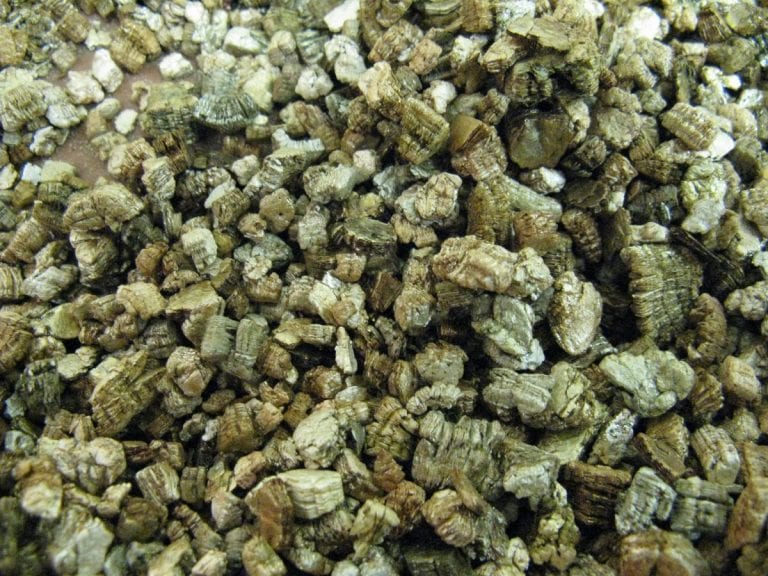BAP1 Not the Only Genetic Risk Factor for Mesothelioma
A new study suggests that the BAP1 gene, which has been linked to several kinds of cancer including malignant mesothelioma, may not be the only genetic risk factor for the asbestos cancer. Mesothelioma, a fast-growing membrane cancer, typically only occurs in people who have a history of asbestos exposure. But scientists have long wondered why some asbestos-exposed people go on to develop pleural or peritoneal mesothelioma while others don’t. Extensive mesothelioma research, much of it focused on a mesothelioma “epidemic” among extended families in a particular region in Turkey, discovered that many family members who contracted mesothelioma shared a mutation on the BAP1 gene. This genetic anomaly has also been associated with an increased risk for uveal melanoma, renal cell carcinoma…









